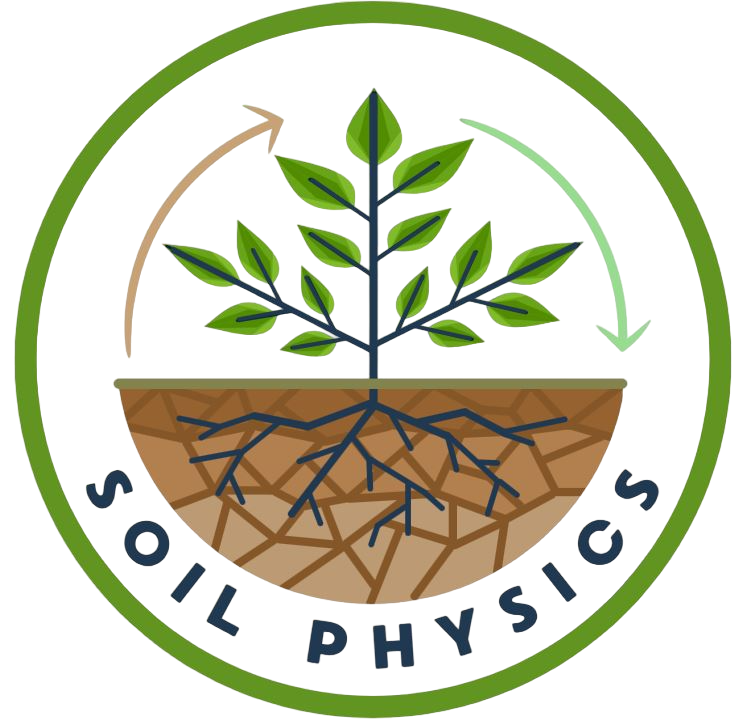| Zamanian, Kazem; Zarebanadkouki, M; Kuzyakov, Kuzyakov: Nitrogen fertilization raises CO2 efflux from inorganic carbon: A global assessment, (2018), doi:https://doi.org/10.1111/gcb.14148 | |
| Abstract: Nitrogen (N) fertilization is an indispensable agricultural practice worldwide, serving the survival of half of the global population. Nitrogen transformation (e.g., nitrification) in soil as well as plant N uptake releases protons and increases soil acidification. Neutralizing this acidity in carbonate‐containing soils (7.49 × 109 ha; ca. 54% of the global land surface area) leads to a CO2 release corresponding to 0.21 kg C per kg of applied N. We here for the first time raise this problem of acidification of carbonate‐containing soils and assess the global CO2 release from pedogenic and geogenic carbonates in the upper 1 m soil depth. Based on a global N‐fertilization map and the distribution of soils containing CaCO3, we calculated the CO2 amount released annually from the acidification of such soils to be 7.48 × 1012 g C/year. This level of continuous CO2 release will remain constant at least until soils are fertilized by N. Moreover, we estimated that about 273 × 1012 g CO2‐C are released annually in the same process of CaCO3 neutralization but involving liming of acid soils. These two CO2 sources correspond to 3% of global CO2 emissions by fossil fuel combustion or 30% of CO2 by land‐use changes. Importantly, the duration of CO2 release after land‐use changes usually lasts only 1–3 decades before a new C equilibrium is reached in soil. In contrast, the CO2 released by CaCO3 acidification cannot reach equilibrium, as long as N fertilizer is applied until it becomes completely neutralized. As the CaCO3 amounts in soils, if present, are nearly unlimited, their complete dissolution and CO2 release will take centuries or even millennia. This emphasizes the necessity of preventing soil acidification in N‐fertilized soils as an effective strategy to inhibit millennia of CO2 efflux to the atmosphere. Hence, N fertilization should be strictly calculated based on plant‐demand, and overfertilization should be avoided not only because N is a source of local and regional eutrophication, but also because of the continuous CO2 release by global acidification. |

